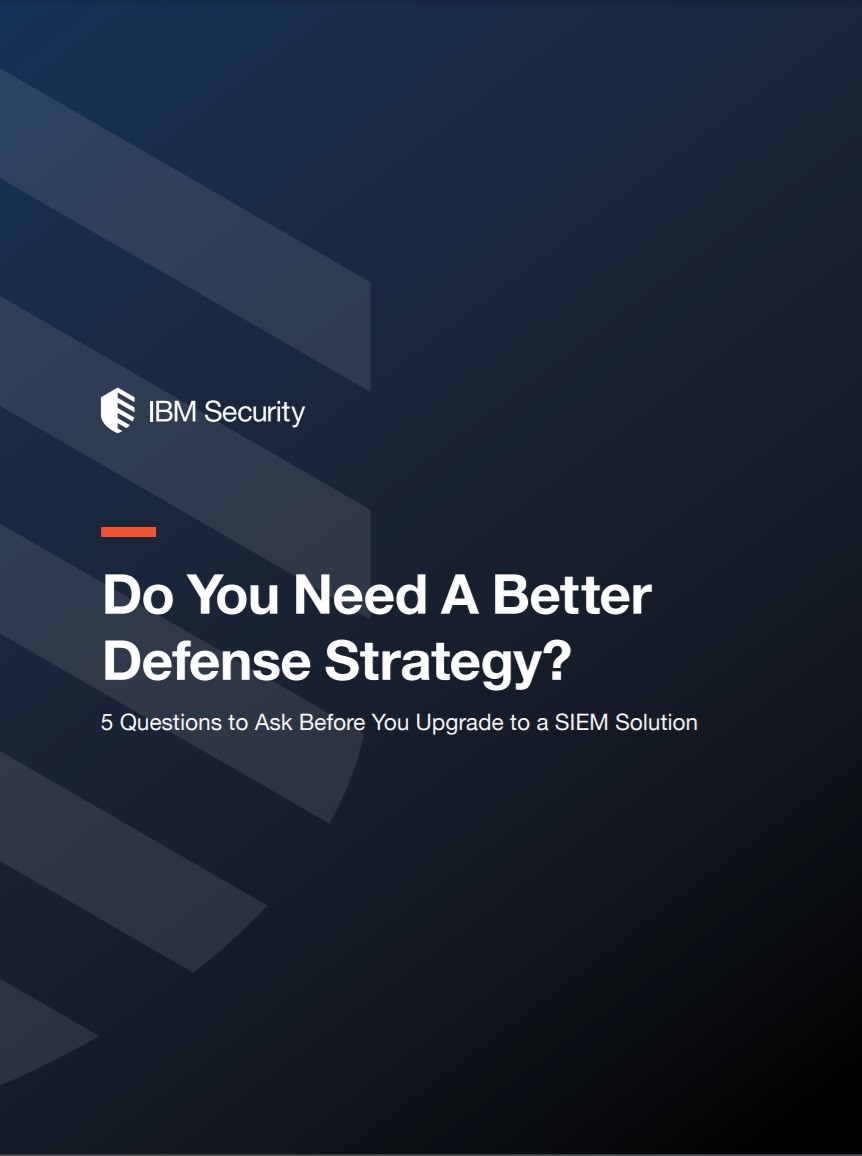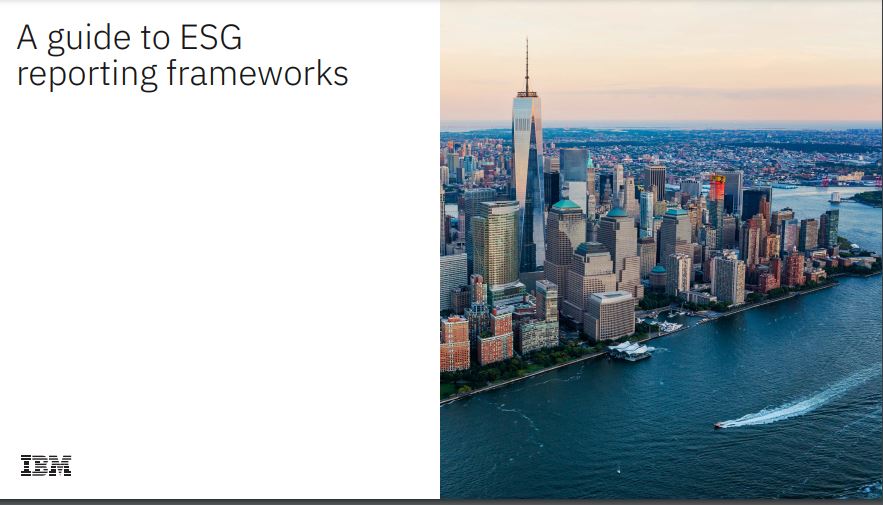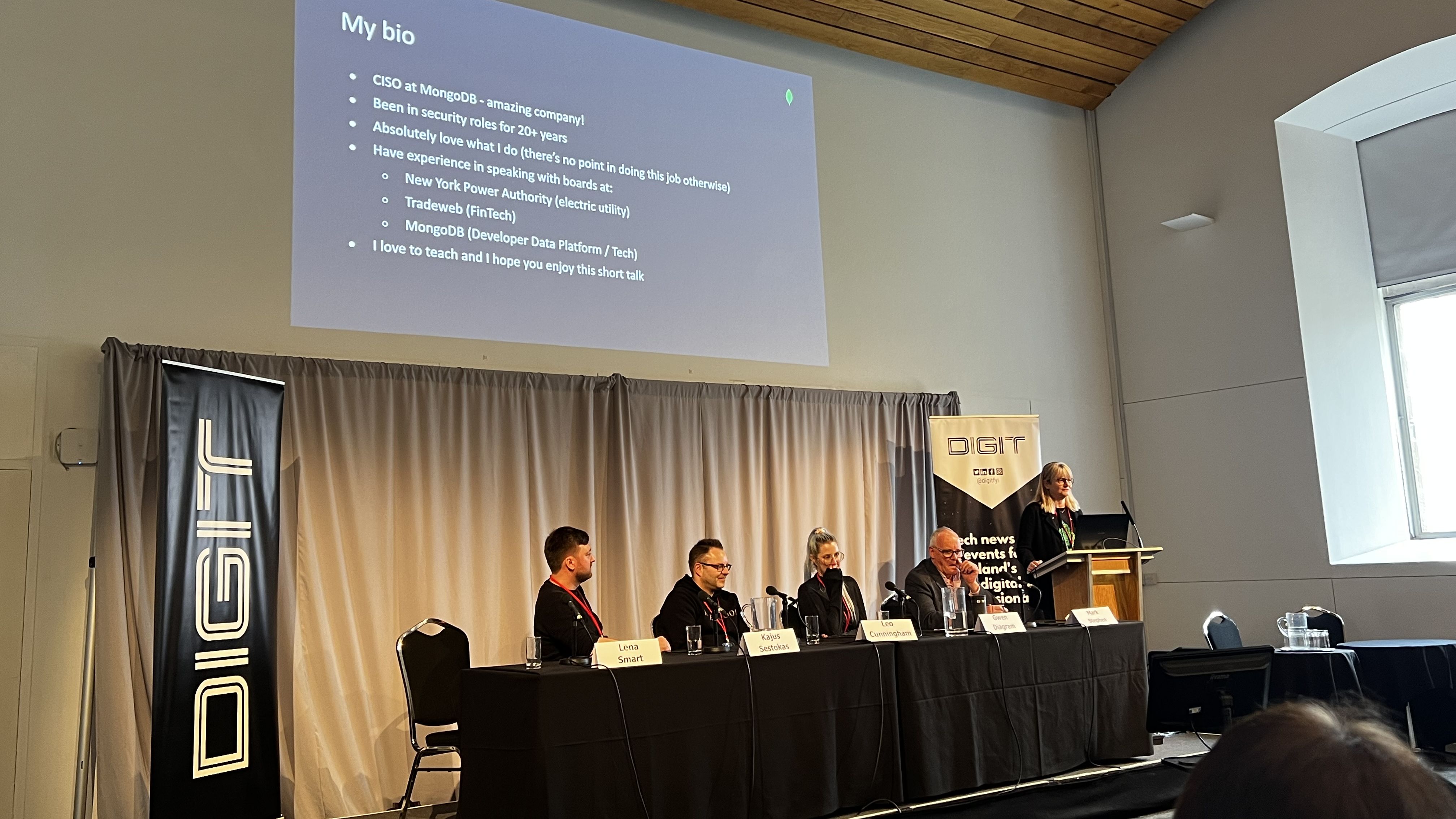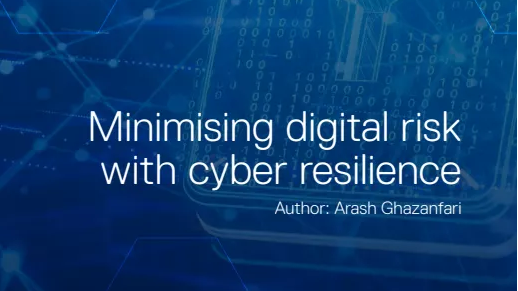Six ways boards can step up support for cyber security
Security is an enterprise-wide risk management concern, not merely an IT issue


For organisations both large and small, cyber attacks are a constant concern, with a recent study revealing that 68% of business leaders feeling like their risks are increasing. Accountability for breaches and incidents now extends far beyond IT, and organisations are beginning to push cyber security responsibility into the hands of the executive team and board.
Business leaders don't want to be making headlines for being the latest victim of a data breach, and as a result, are actively trying to manage risk. Cyber threats represent the lion's share of potential harm, and strategies to deal with security need to be aligned with wider business priorities. A survey by the Enterprise Strategy Group showed that four in 10 executives and directors now want security status reports for cyber risk associated with end-to-end business processes.
So how can boards step up to the cyber security challenge and work effectively with CISOs?
Expand board expertise
Business leaders are beginning to understand that cyber security is an enterprise-wide risk management concern, not merely an IT issue. While the CISO role is evolving, the makeup of the board is evolving too.
Corporate boards are looking for increased technical literacy and are actively pursuing digital directors and advisors that can deliver high levels of both technical and business acumen.
All board members need to fully understand the role they play in overseeing cybersecurity and push for board-specific reporting and cyber security transparency. This combination increases the board's availability to ask the right questions and provide the right communication opportunities for the CISO.
Build collaborative relationships with the CISO
Collaboration is the essence of good cyber security practices, and that's why all parties need to work together to ensure clear lines of communication and incident preparation. One way to strengthen collaboration is for executive leaders and board members to be proactive about working hand-in-hand with CISOs. This will allow everyone to position themselves within the company and withstand the incessant onslaught of attacks.
Get the ITPro daily newsletter
Sign up today and you will receive a free copy of our Future Focus 2025 report - the leading guidance on AI, cybersecurity and other IT challenges as per 700+ senior executives
Nearly one-third of board members are dissatisfied with the quality of information they get regarding cyber security risk, so CISOs and board members must work together to have meaningful conversations with all parties involved by telling them what information they want and how often they need it. An open dialogue about current threats, emerging attack patterns and incident response protocol leads to smarter decisions and better business outcomes.
However, the boards should also remember that cyber security doesn’t end with the CISO, but also the team of cyber security experts managed by them. Like many parts of the tech industry, cyber security is rife with difficult working conditions and stressful conditions, which enable a culture of toxicity and bullying. A recent survey found that 47% of cyber security professionals have experienced some degree of bullying behaviour in the office, something that Respect in Security co-founder Nikki Webb claims has been further magnified by the shift to remote working.
Moreover, reporting workplace harassment is often looked down upon due to the misconception that doing so means that the victim is disloyal to the company or the community. Respect in Security found that, of 302 professionals surveyed, 16% said they wouldn’t report an instant of harassment, either by choosing not to (9%) or because of fear (7%), and the lack of discussion surrounding harassment in the cyber security sector means that the issue is likely just the tip of the iceberg.
Last year, Jinan Budge, principal analyst for security and risk at Forrester Asia Pacific told IT Pro that a toxic work environment leads to lower productivity, making the organisation more vulnerable to cyber threats:
“The ultimate problem with a toxic culture is that it means you’re not looking after the organisation’s cybersecurity, which is effectively the team’s sole reason for being. I’ve seen this happen – teams are so busy dealing with in-fighting that they’re unproductive. Sometimes the biggest enemy is not actually the adversary, but the team itself,” he said.
Understand the impact of cyber threats
While many businesses have developed cyber security strategies and business continuity plans, the government's Cyber Governance Health Check showed that less than a fifth (16%) of the board had a comprehensive understanding of the impact of loss or disruption associated with cyber threats. That's despite 96% of them having a cyber security strategy in place.
In addition to showing support for a company's cyber security strategy and initiatives, boards should actively engage the CISO to work with them on other organisational approaches, such as incident response programmes, which need to be continuously reevaluated and updated to address increasing activity in cyber attacks.
Expect security reporting discipline
Security is now a key business function and should be treated that way. It is vital to ensure CISOs know what reporting metrics and benchmarks are valuable to the board by applying a reporting discipline with consistent benchmarks and actionable information.
Although approaches and formats may vary, board members look for regularity in reporting from CISOs. Some look for programme-level updates for defined benchmark presentations where any important changes are highlighted. Boards and CISOs, then, should work together to develop a functional reporting system which can be delivered regularly.
Be clear about your innovation needs
In an industry where every operational change is technology-driven, continual investment in new functions and capabilities to spark innovation is essential. At the same time, there is a balance to be struck between innovation and introducing technology that risks your business effectiveness, and this can create a state of constant security and compliance catch-up.
Business growth may be at the heart of most organisations, but the board is charged with helping to determine the trade-offs between risk and returns. Clearly communicated financial and operational risk tolerance prioritisation from the board and executive team will allow the CISO to effectively manage expectations.
Request regular attendance at meetings
Where CISOs were once asked to appear at meetings on specific occasions, CISO attendance at regular board meetings is now much more common. Boards should proactively allocate time at board meetings to hear from the CISO and examine future trends and risks as well as more immediate priorities.
RELATED RESOURCE

Five questions to ask before you upgrade to a modern SIEM
Do you need a better defense strategy?
"Cyber security is a mainstream business risk, and board members need to understand it in the same way they understand financial or health and safety risks," said Ciaran Martin, CEO of the NCSC.
As cyber threats continue to evolve, it may not be possible to completely eliminate the possibility of falling victim to an attack. But with a proactive cybersecurity strategy in place that is supported by the board, research has shown that financial losses in the event of a successful attack are lower.
Esther is a freelance media analyst, podcaster, and one-third of Media Voices. She has previously worked as a content marketing lead for Dennis Publishing and the Media Briefing. She writes frequently on topics such as subscriptions and tech developments for industry sites such as Digital Content Next and What’s New in Publishing. She is co-founder of the Publisher Podcast Awards and Publisher Podcast Summit; the first conference and awards dedicated to celebrating and elevating publisher podcasts.
-
 DocuWare CEO Michael Berger on the company’s rapid growth
DocuWare CEO Michael Berger on the company’s rapid growthNews ChannelPro sat down with DocuWare CEO Michael Berger to discuss the company's rapid growth and channel strategy.
By Bobby Hellard Published
-
 Seized database helps Europol snare botnet customers in ‘Operation Endgame’ follow-up sting
Seized database helps Europol snare botnet customers in ‘Operation Endgame’ follow-up stingNews Europol has detained several people believed to be involved in a botnet operation as part of a follow-up to a major takedown last year.
By Emma Woollacott Published
-
 IDC InfoBrief: Sustainability doesn’t need to be all stick and no carrot
IDC InfoBrief: Sustainability doesn’t need to be all stick and no carrotwhitepaper CIOs are facing two conflicting strategic imperatives
By ITPro Published
-
 More than a number: Your risk score explained
More than a number: Your risk score explainedWhitepaper Understanding risk score calculations
By ITPro Published
-
 Rushing digital transformation will create cyber security ‘bear traps’ – here’s how to avoid them
Rushing digital transformation will create cyber security ‘bear traps’ – here’s how to avoid themIn-depth Although digital transformation brings many benefits, rushing projects may result in unforeseen cyber security risks
By Sandra Vogel Published
-
 Creating a proactive, risk-aware defence in today's dynamic risk environment
Creating a proactive, risk-aware defence in today's dynamic risk environmentWhitepaper Agile risk management starts with a common language
By ITPro Published
-
 A guide to ESG reporting frameworks
A guide to ESG reporting frameworksWhitepaper Guidelines to assist with your approach to ESG reporting
By ITPro Published
-
 MongoDB CISO: Don’t be afraid to simplify important issues for executives
MongoDB CISO: Don’t be afraid to simplify important issues for executivesNews Preparation, transparency, and honesty are key for any CISO engaging with board executives
By Ross Kelly Published
-
 Minimising digital risk with cyber resilience
Minimising digital risk with cyber resilienceWhitepaper Building an intrinsically secure enterprise architecture
By ITPro Published
-
 Digital transformation & risk for dummies
Digital transformation & risk for dummiesWhitepaper Understand the risks to your digital business and accelerate your digital transformation
By ITPro Published